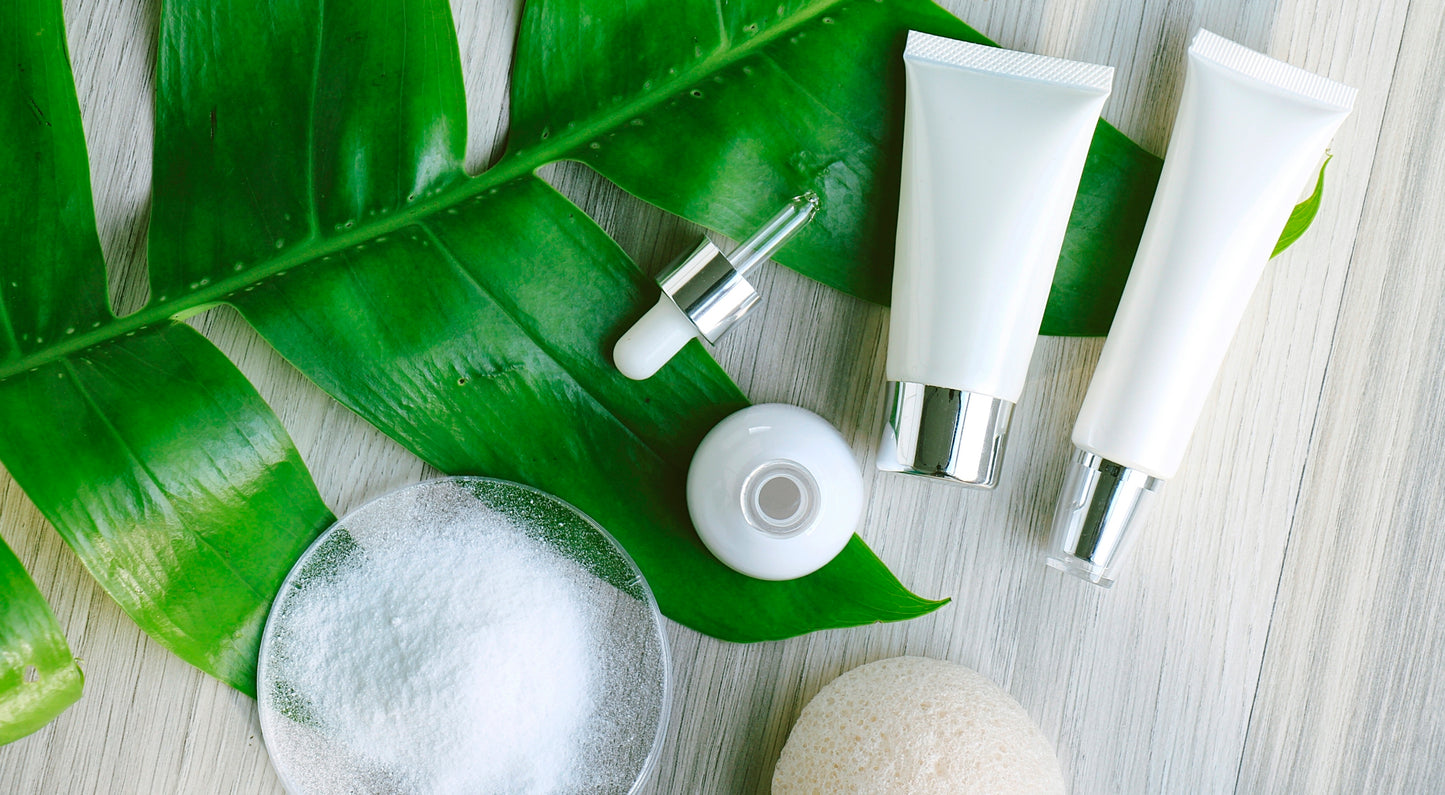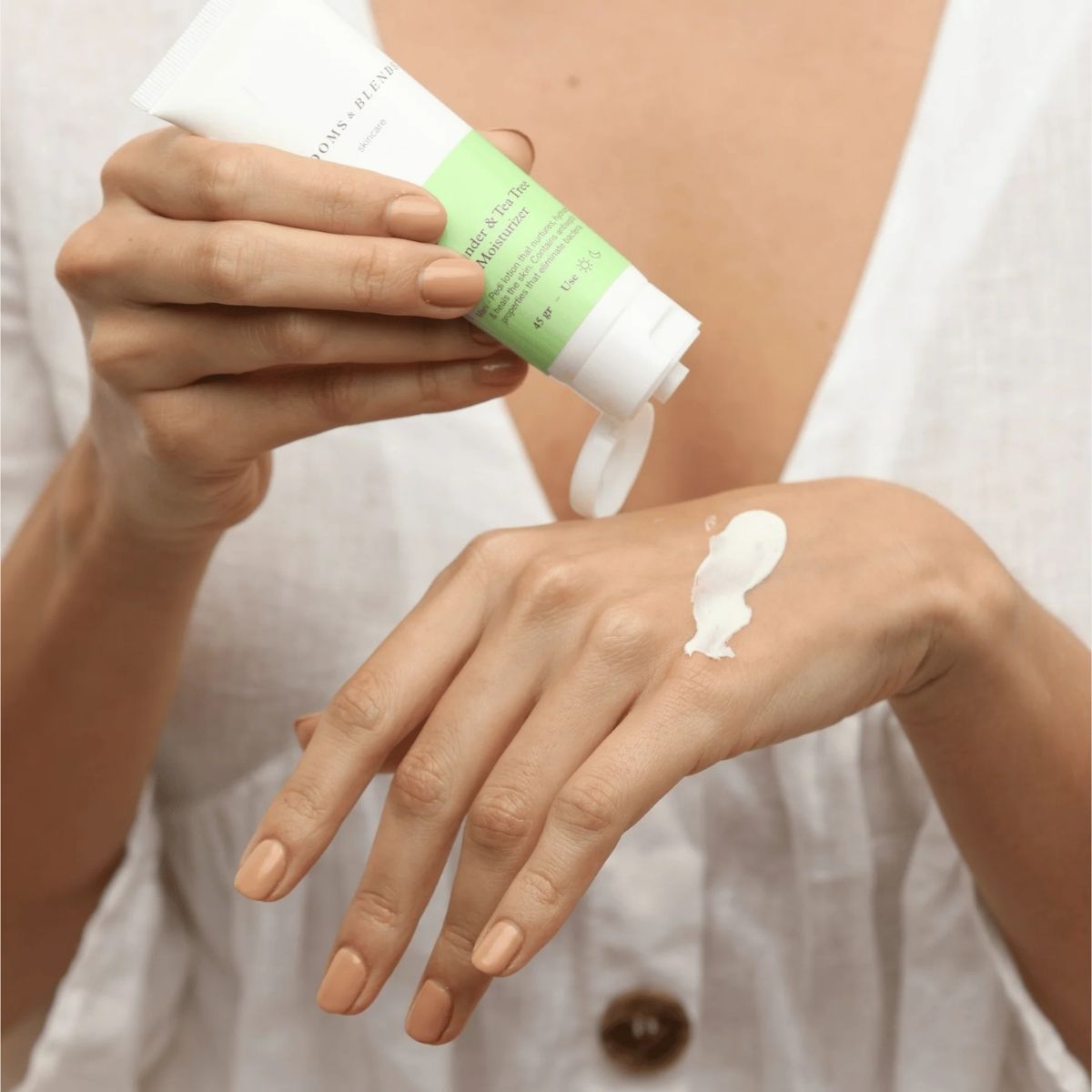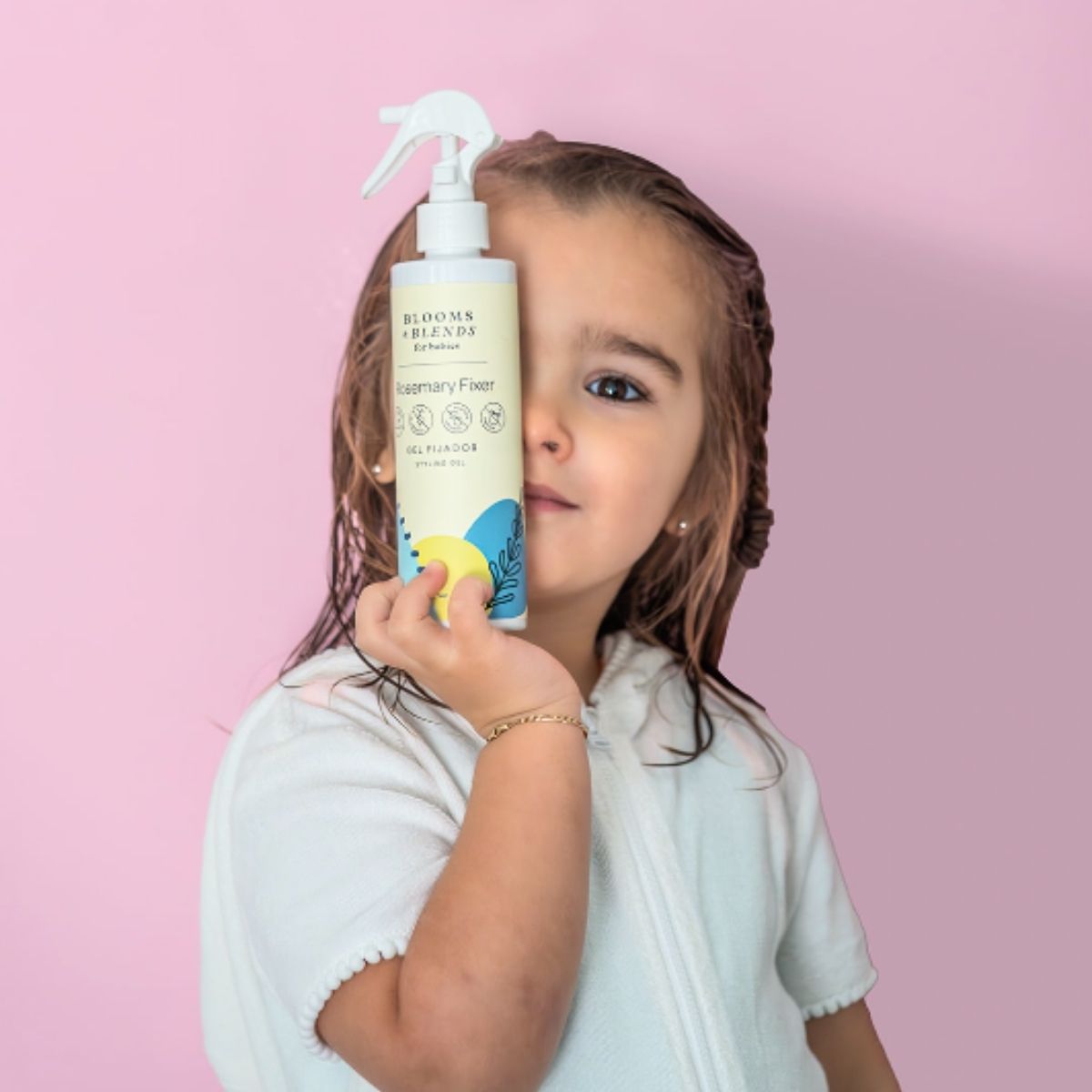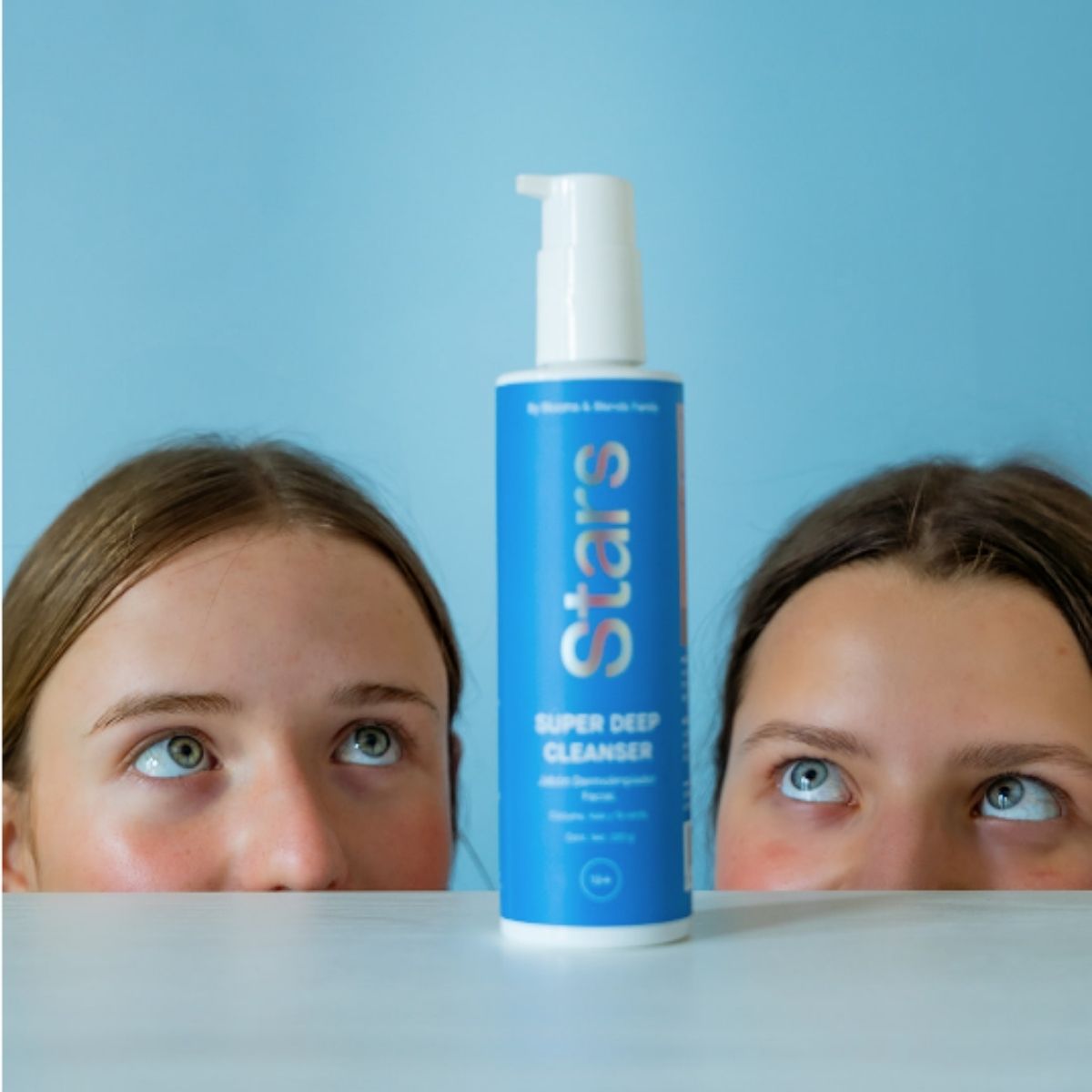
You're at the supermarket and you approach the dairy section. You grab a Greek yogurt (obviously, for the protein), and the first thing you do is check the expiration date to see if it'll last all week, right? You flip it over to see if it contains sugar, palm oil, gluten, or ingredients we shouldn't overindulge in. And, of course! Let's not forget to check calories, saturated fat, trans fat, and all kinds of fats. Maybe you compare it with another product and easily identify which one is best for you.
However, sometimes we don't master the art of identifying what's good—or bad—for our skin. For years, we haven't paid attention to the cosmetics we apply, but your skin is the largest organ in your body and you should take care of it with the right skincare for you. Therefore, we'll give you some tips on how to read the labels on your cosmetics.
- Don't let yourself be seduced by words
“Hypoallergenic,” “non-comedogenic,” and even “gluten-free” are some of the words we constantly read on cosmetics that truly hook us. Every skin is unique, and a product claiming to be hypoallergenic may also clog your pores or irritate your skin with its fragrance. While these claims are appealing, you can't blindly trust that it will work for you .
- Read to the end
The ingredients are always listed in descending order of concentration. This doesn't mean the first ingredients are the active ingredients, as some ingredients don't need to be present in large quantities to be effective. It's also important to look for allergens, as they appear if they're present in concentrations greater than 0.001% and, therefore, may be listed last.
- Natural or fake?
Face it, you've tried to read some of your creams, but you give up when you get to those unpronounceable words like "isohexadecane" or another ingredient that contains numbers and sounds like a science experiment, like "PEG-310" or "nylon-12." All of these complex-sounding ingredients are synthetic. If you can't pronounce it, why would you put it on?
- Nothing is forever
It's that simple: creams expire, and the cosmetic label must indicate the shelf life after opening. This usually appears as a symbol of an open jar with a number inside followed by an M (months). We recommend that, when you buy something for the first time, you write the date you opened it on the container.
- The pros and cons of conservatives
When choosing "preservative-free" products, you should be aware that their shelf life will be short, as any cosmetic needs some substance to prevent rapid spoilage. While parabens and phenoxyethanol are the most common preservatives, we suggest you remove them from your vanity, as they are toxic and harmful to your health. Instead, look for natural preservatives like salicylic acid or benzyl alcohol.
By: Daniela Abusaid





